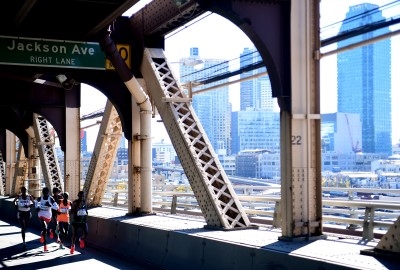Urban travel: from airport to downtown in sustainable flying taxis
Flying taxis, known as eVTOLs, are poised to redefine urban mobility by 2025 with zero-emission and cost-efficient travel options, showcased at the recent Dubai Airshow.
 Image by Archer
Image by Archer
In the bustling cities of tomorrow, where traffic congestion clogs the arteries of urban life, a revolutionary transport solution soars on the horizon – electric vertical-takeoff and -landing aircraft (eVTOLs). Business Insider reports that these flying taxis, potentially game-changing in urban transport, could begin commercial service as soon as 2025. At the heart of this aviation innovation is Archer's Midnight eVTOL, a model that promises to slash commute times while eliminating pollution.
Sustainable alternative
Archer, a company valued at over $1 billion, showcased its eVTOLs at the Dubai Airshow, providing a glimpse into the future of commuting. Unlike conventional helicopters, eVTOLs are lighter, quieter, and powered entirely by batteries, making them a sustainable alternative for city travel. These aircraft are designed to be more affordable than traditional air transport, with estimated costs around $4 to $5 per passenger mile—a figure Archer aims to reduce to $1.
The most immediate commercial route planned by Archer is a quick hop between Newark Liberty International Airport and downtown Manhattan, expected to take under 10 minutes. This route would drastically cut down the current 50-minute drive by car, highlighting the efficiency of eVTOLs in urban environments.
Infrastructure to be developed
However, challenges remain. Archer and other eVTOL companies must develop infrastructure, such as vertiports, to facilitate widespread adoption of this technology. Despite these hurdles, the enthusiasm at the airshow was palpable, with many envisioning a future where flying taxis are as common as cabs.
Business Insider reports that, as the industry pushes forward, companies like Archer are not only promising faster commutes but are also contributing to a greener planet. Their commitment to zero emissions aligns with global sustainability goals, potentially transforming not just how we travel, but also how we preserve our urban environments.


